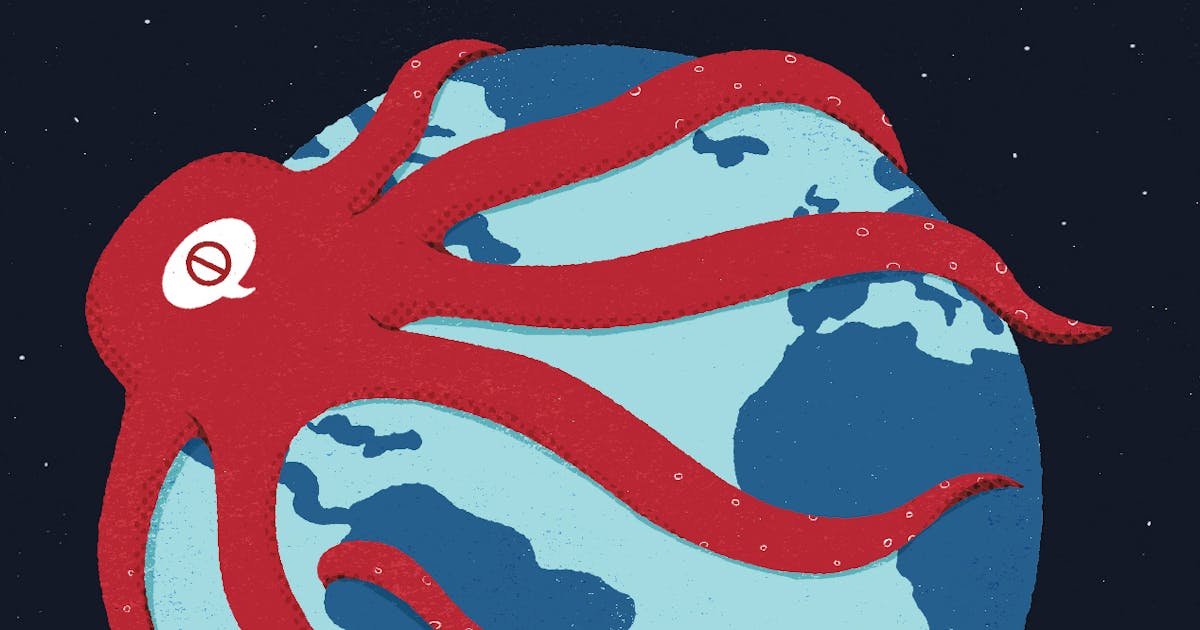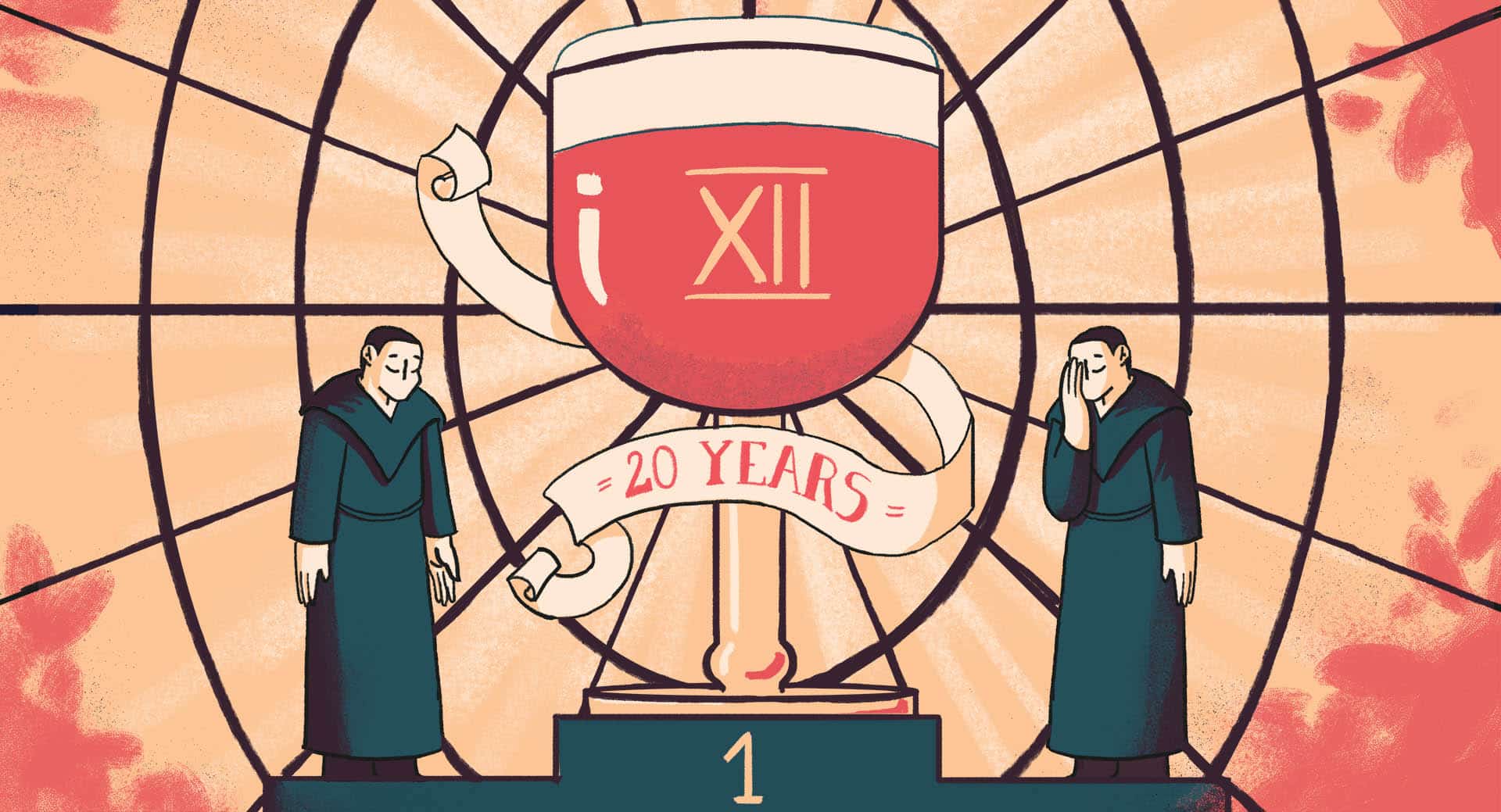
How Cancel Culture Panics Ate the World
In the fall of 2015, some Oberlin College students complained in their campus newspaper that Campus Dining Services had been passing off a pulled pork sandwich as a Vietnamese banh mi. This was a reasonable criticism, expressed through established channels at a pitch far from hysterical. But if you’ve heard of this particular sandwich, this is almost certainly not what you heard about it, at least six weeks later, from The New York Times—or perhaps it was The Washington Post. Or Newsweek. Or Seventeen.
According to the version you probably heard, this most (in)famously liberal of liberal arts colleges was engulfed in an uproar over the dining hall’s “racist” and “culturally appropriative” practices. Only three days after the New York Post first “broke” the college paper’s story in the national media—“Students At Lena Dunham’s College Offended By Lack Of Fried Chicken” (December 18, 2015), published with an unrelated photo of the Girls star—the news had already gone trans-Atlantic: The Independent relayed the story to its British audience with the subheading, “Critics say complaining college students had ‘no idea’ about the real world.” Before long, the unfitness of these American undergraduates for life in “the real world” had become the object of German, Brazilian, and French journalists’ derision. Almost five years after the sandwich was actually served, Caroline Fourest sneered that the Oberlin students had made the not-banh mi “their 1968” in her 2020 book Génération offensée: De la police de la culture à la police de la pensée. Quite an impressive escalation in political stakes and geographic scope for one sandwich in rural Ohio.
This should all be remarkable: that the tale of the banh mi circulated so widely and enjoyed such a tenacious afterlife in political polemic; that it was subjected to such wild distortions; and that its stakes proved so mutable. Yet when readers today recall this episode, they likely do so with a sense of tedium. And it is just as likely that they do not quite remember it, the bad taste of this particular sandwich having been washed away by a deluge of formally identical, indeed interchangeable “cancel culture” narratives. These stories are calibrated to elicit terror and rage, yet their sheer quantity and regularity manages to render these emotions dull, even comfortable. It is perhaps for this reason that the phenomenon of “cancel culture” has never really been submitted to rigorous analysis: We all already know about it, or at least we think we do, and we’re sick of hearing about it even though we cannot stop talking about it.























